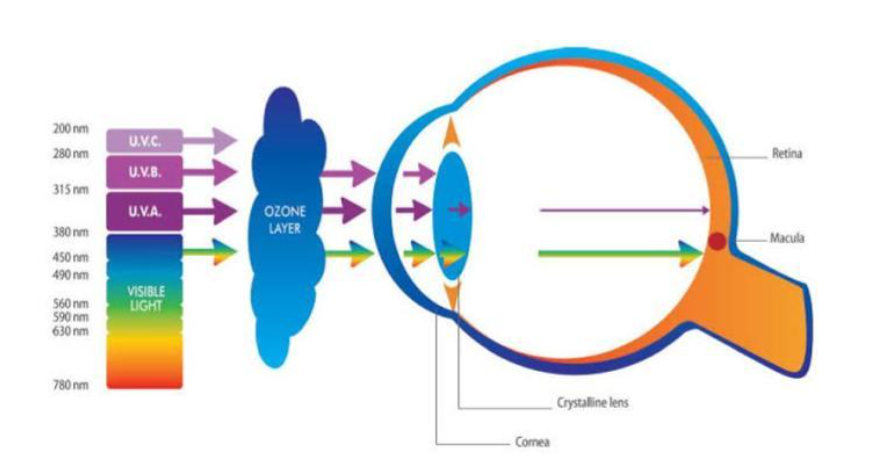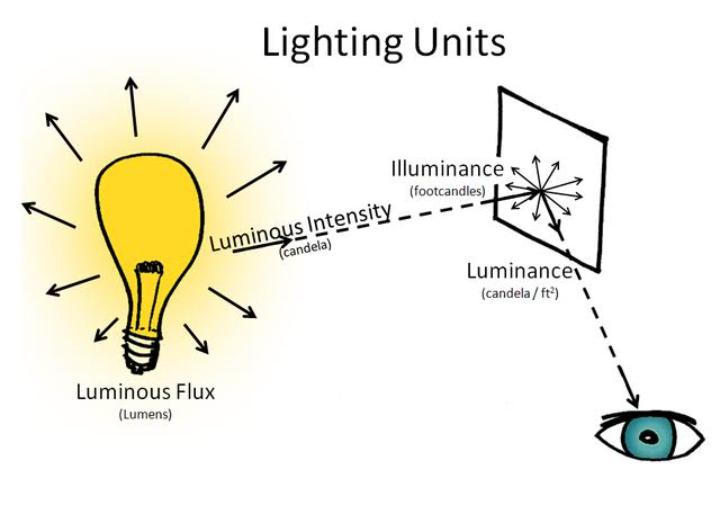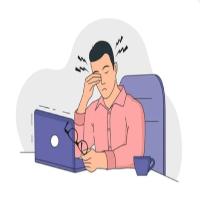In our daily lives, we often take our eyes for granted, unaware of the hidden dangers that surround us. One such threat is the presence of ultraviolet (UV) rays, which can harm our eyes in more ways than we realize. In this blog post, we will explore the impact of UV rays on our eyes and shed light on the importance of protecting our vision.
Understanding Ultraviolet Rays:
Ultraviolet radiation is an invisible form of energy emitted by the sun. It consists of three types: UVA(320-400nm), UVB(280-320nm), and UVC(200-280). While the ozone layer filters out most of the UVC rays, UVA and UVB rays can still reach the Earth’s surface and pose a significant risk to our eyes.
The Eye’s Natural Defense Mechanisms:
Our eyes have some built-in protection mechanisms to safeguard against UV rays. The cornea, lens, and eyelids work together to filter out a portion of UV radiation. However, these defense mechanisms have limitations, and prolonged exposure to UV rays can overwhelm them, leading to various eye problems.
Effects of UV Rays on Eyes:
- Photokeratitis: This condition, also known as “sunburn of the eyes,” occurs when the cornea is exposed to intense UVB rays. It can cause pain, redness, blurred vision, and a gritty sensation in the eyes.
- Cataracts: UV rays can contribute to the development of cataracts, a clouding of the eye’s natural lens. Over time, cumulative UV exposure can increase the risk of cataracts, leading to vision impairment and potentially requiring surgery.
- Macular Degeneration: Long-term exposure to UVA and UVB rays is linked to an increased risk of age-related macular degeneration (AMD). AMD affects the macula, the central part of the retina responsible for sharp, detailed vision, leading to blurred or distorted vision.
- Pterygium: UV exposure can also cause the growth of a fleshy tissue called pterygium on the white part of the eye. This growth can interfere with vision if it extends over the cornea.

Protection and Prevention:
Fortunately, there are steps we can take to protect our eyes from harmful UV rays:
- Wear Sunglasses: Invest in high-quality sunglasses that block 100% of UVA and UVB rays. Look for sunglasses labeled as providing UV 400 protection, which means they block wavelengths up to 400 nanometers.
- Wide-Brimmed Hats: When spending time outdoors, complement your sunglasses with a wide-brimmed hat. This provides additional shade and reduces the amount of UV radiation reaching your eyes.
- UV-Blocking Contact Lenses: For those who wear contact lenses, consider using UV-blocking lenses to add an extra layer of protection.
- Seek Shade: Avoid direct sunlight during the peak hours when UV radiation is the strongest, typically between 10 a.m. and 4 p.m. If possible, stay in the shade or indoors during these times.
- Regular Eye Exams: Schedule routine eye examinations with an optometrist or ophthalmologist. These professionals can detect early signs of eye damage and provide guidance on protecting your vision.
Conclusion:
Ultraviolet rays pose a significant threat to the health of our eyes. From short-term discomfort to long-term vision problems, the effects of UV radiation should not be underestimated. By taking proactive measures to protect our eyes and raising awareness about the importance of UV eye protection, we can minimize the risks and preserve our vision for years to come. Remember, your eyes are precious, so shield them from the harmful rays of the sun.








